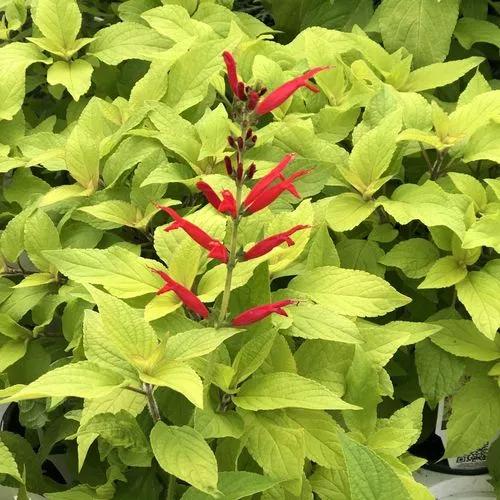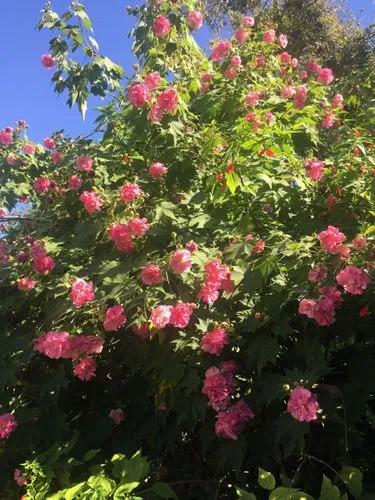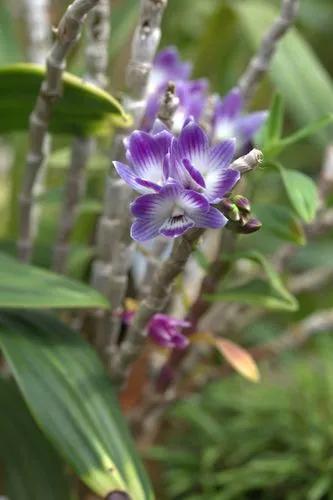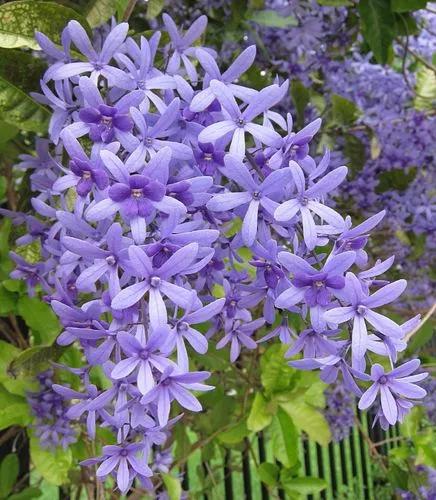Cotyledon pendens is a small perennial ornamental succulent native to South Africa, belonging to the Crassulaceae family. In the natural environment, it lives on rocks and in gorges, which is why it got its name. It has spread all over the world, which made it adapt to both hot and cold climates.
Cotyledon pendens Care
Cotyledon pendens



Cotyledon pendens grow like a bush and reach for the ground, while other succulents reach for the sky. It has many fleshy branches that reach 60 cm (2 ft) in length and grow in a chaotic manner. The teardrop-shaped leaves can easily identify the plant with a red color at the end, which grows in pairs on the stem.
The bell-like flowers appear at the end of drooping branches and grow to 4 cm (1.5 in). They have various shades of red and orange, depending on the level of light the plant receives.
How to Care for the Plant

Water

Cotyledon pendens is a drought-tolerant plant, so water it only when the top layer of soil becomes dry to the touch. During the rest period, reduce watering frequency and monitor soil moisture.

Pruning

Periodically cut off excess shoots with garden shears, as this will promote the growth of new branches and leaves and improve the plant's appearance.

Fertilizer

Use nitrogen fertilizer when the plant loses its color and grows slowly, but not more often than 1-2 times a year.

Sunlight

The plant needs at least 6 hours of sunlight per day, so a good option would be to place it near a bright window. Rotate the plant once every few days; this will help get the necessary light.

Soil

A well-drained potting mix for cacti or succulents is best.

Propagation

An effective reproduction method is removing shoots from a healthy stem. Carefully pull out the indentation from the roots of the plant, remove the old leaves, and then soak in water for 10-20 minutes. Planting should be done in a pot with well-drained soil.

Temperature

The best temperature for the plant is 55-95˚F (12-32°C) and a humidity level of no more than 60-80%.

Container

Use a container with drainage holes, and once a year, transplant the plant into a larger pot.

Fun fact

The name Cotyledon pendens comes from the Greek word "kotyle" and means "that which looks like a cup", or "hollow".

Popularity

369 people already have this plant 104 people have added this plant to their wishlists
Discover more plants with the list below
Popular articles






